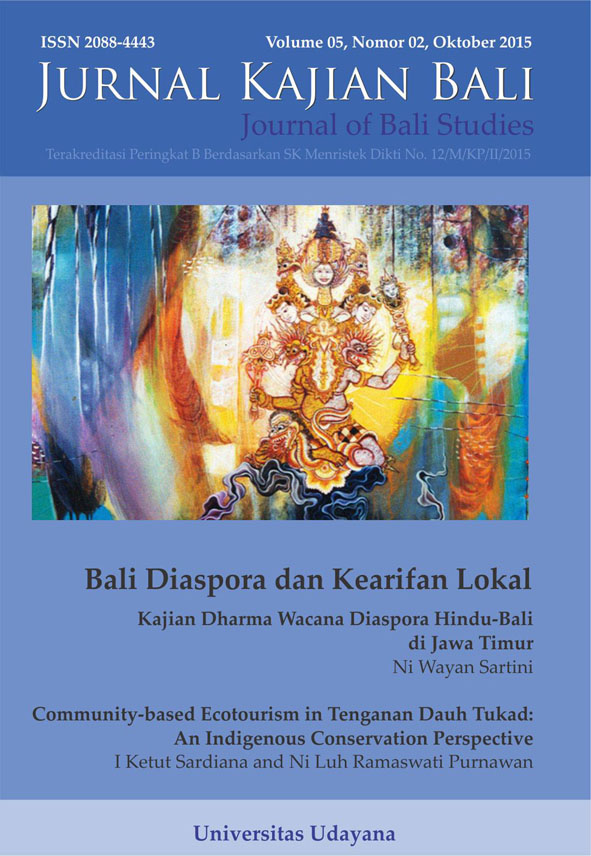Efektivitas Implementasi Kebijakan Pemerintah Daerah dalam Mengendalikan Alih Fungsi Lahan Sawah Subak: Studi Kasus di Kabupaten Badung, Bali
Abstract
Abstract
This study was aimed at mapping the rice field land conversion spatial pattern in the metropolitan region of Badung Regency, Bali Province, and analyzes the effectiveness of local government policy in controlling rice field land conversion. The mapping was done using the overlay technique aided Geographical Information System (GIS) in which the 2002 land use map and the 2009 land use map. The analysis of the effectiveness of the local government policy was done using regulating documents, observation of in the field, and analysing community evaluation (involving subak leader/pekaseh, farmer/subak member, and chairman traditional village/klian). The study shows that the spatial distribution of the rice field land conversion form cluster pattern. This pattern emerged because of the contagious nature of the rice field land conversion that influenced by development in the sorrounding environment. The implementation of the local government policy is not effective. This is supported by some weakness in the regulation system, an increase in rice field conversion facts and negative respon from the community of the local government policy implementation. In order to make the control of the rice field land conversion run effectively, the local government should reorient the development priorities to the agricultural sector by engaging the partisipant of the local community such as subak.
Downloads
Keywords

This work is licensed under a Creative Commons Attribution 4.0 International License.



















